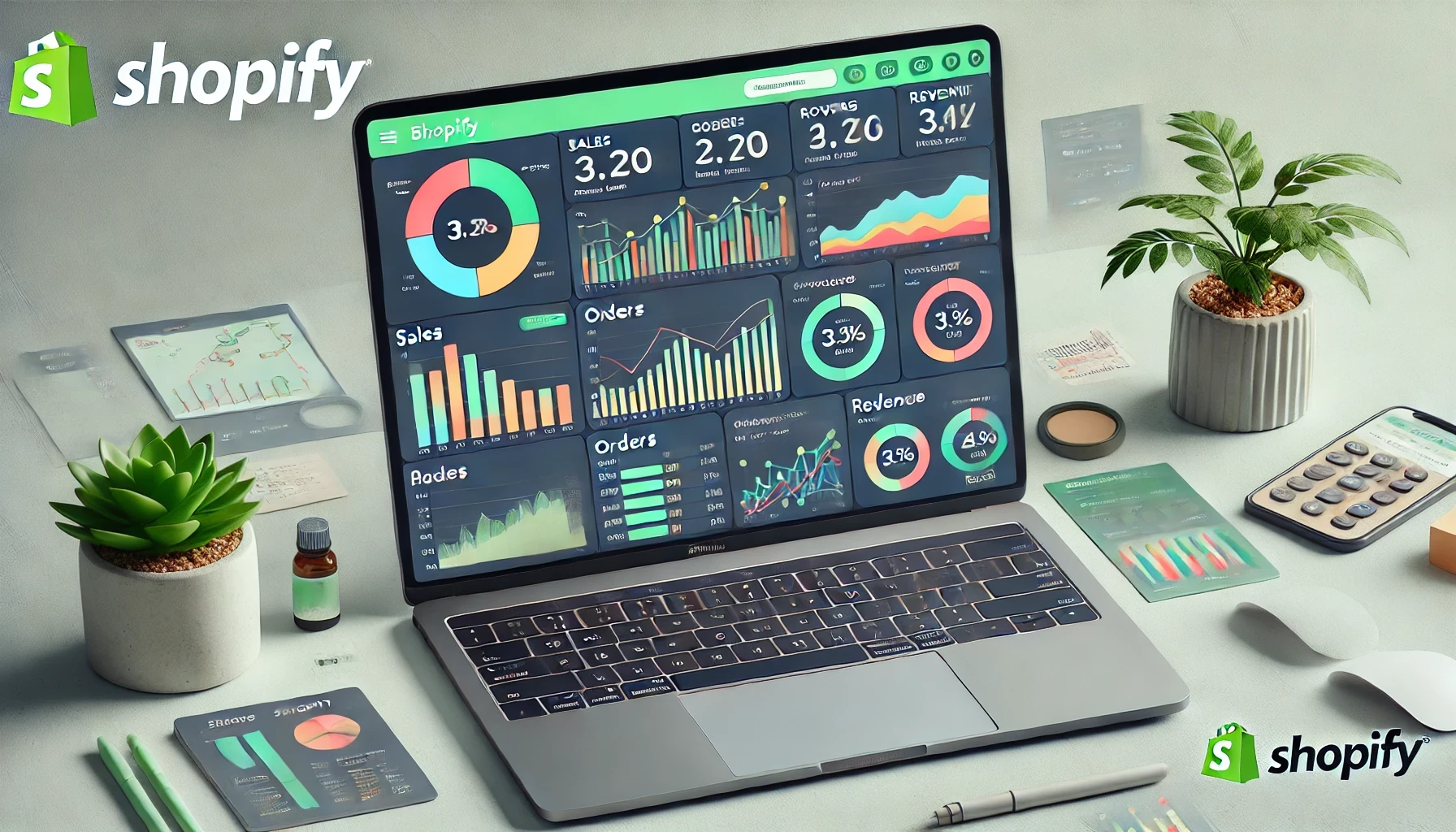Do Shopify Spy tools work?
Read time: 3 min
Jul 30, 2024

It's not uncommon to come across videos with influencers talking about tool that tells them their competitors' sales numbers. But it leaves most of us wonder if these Shopify Spy tools actually work
What's often not talked about is how accurate these numbers are.
As we deep dive, we find out that they're mostly NOT.
What's in this post?
How can you track store sales manually?The challenge in doing it manually.How do most tools do it right now?Should you make it part of your strategy?Conclusion
How can you track store sales manually?
Every Shopify store has their products accessible in a JSON format.
To access them, you can view it yourself as {{store url}}/products.json.
Under each product, there's a value for "updated at"
This is a timestamp that gets updated for every product whenever there's a sale that happens.
The challenge in doing it manually.
So, it sounds simple right, just keep scraping the value every second to find how frequently it gets updated.
Not really!
If a store is doing multiple orders per second, there's just no way in which one can do this accurately.
Not just manually, but even if you write a script that scrapes this json body every second.
Because it's just a the timestamp updating, you will never know how many orders got placed
How do most tools do it right now?
It's a combination of the above approach.
(Which gets more and more inaccurate the larger the store you're tracking)
And a combination of just finding monthly traffic and multiplying it with the % conversion that's standard for the industry.
Both these numbers will be very rough estimates, and there's no way in which you can surely know.
Should you make it part of your strategy?
Well, you must.
But you must also know that these numbers are rarely accurate.
(No matter what the tool promises you)
A good way of figuring out an estimate is total traffic*conversion rate*average order value.
Conversion rates range between 0.5 to 2%
And you can get a rough estimate of the AOV by multiplying the best seller's cost by 1.2x to 1.7x
You most probably do not need to pay for tool that will do this for you!
Conclusion
You can track store sales manually, but will not be fully accurate
(just like with tools)Most tools follow the product.json tracking method and combine it with traffic analysis
You should make this part of your strategy, but no that there's no way you can get a 100% accuracy
Best you can do is develop a range which will be between 30-70% accuracy


